In 1325, two armies clashed near what is today the Italian town of Castello di Serravalle in the region of Emilia-Romagna. It was a huge medieval battle which cost thousands of men their lives, changed the history of Italy, plunged the peninsula into a centuries-long conflict, and ensured the papal supremacy that Italians today take for granted.
While such bloodshed was common in Europe, its cause was not, for it was waged over a wooden bucket. A bucket made of oak, to be precise.
It all began in October 1154 when the Holy Roman Emperor Frederick Barbarossa (who was also the King of Germany) invaded Italy. Frederick did so because he believed that he was God’s chosen representative on earth, not the Pope.
The Italians disagreed, however. It was Pope John XII who crowned the first Holy Roman Emperor, and based on that logic, it was popes, not emperors, who were the conduit between God and the world. And since popes conferred spiritual legitimacy to Christian rulers, they were therefore seen as the true leaders of Christendom.
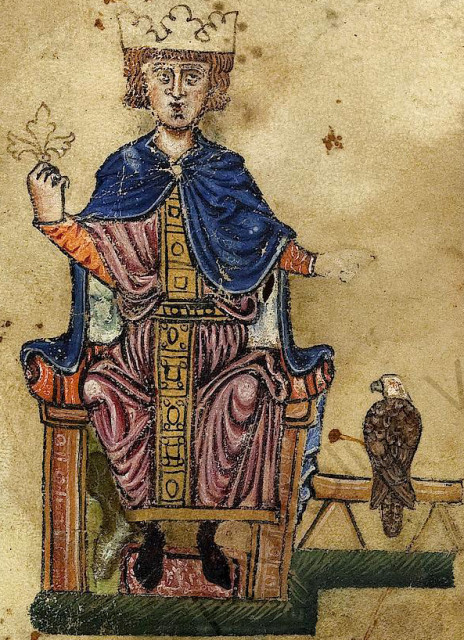
So Frederick took the Italian cities of Milan, Tortona, and Pavia where he became the King of Italy. He then took Bologna and Tuscany before making his way to Rome where he spoke with Pope Alexander III, though they resolved nothing.
And because of that, the emperor continued his invasion of other cities till his defeat by the pro-papal Lombard League at the Battle of Legnano on 29 May 1176. Frederick was forced to return to Germany, but his revenge was to leave behind a political divide that went on for centuries.
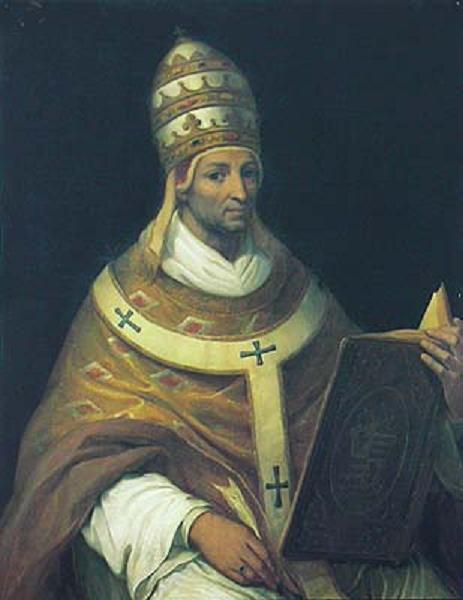
On the one side were the Ghibellines who supported the emperor, while on the other were the pro-papal Guelfs. At the time, Italy wasn’t a unified country but a collection of city-states which often warred with each other. As a result, Modena was Ghibelline, while Bologna was Guelf.
The boundaries between pro-emperor and pro-papal cities had been set by Frederick before they kicked him out, but things in Modena and Bologna were a lot more complicated. Barely more than 31 miles apart, divided and changing loyalties ensured that tensions between the two always remained high.
In 1296, the Bolognese attacked Modena lands, seizing Bazzano and Savigno. Those who supported the emperor began moving out, while those who supported the pope began leaving Bolognese territory. Such border skirmishes became common as each side seized territory from the other only to lose it again.
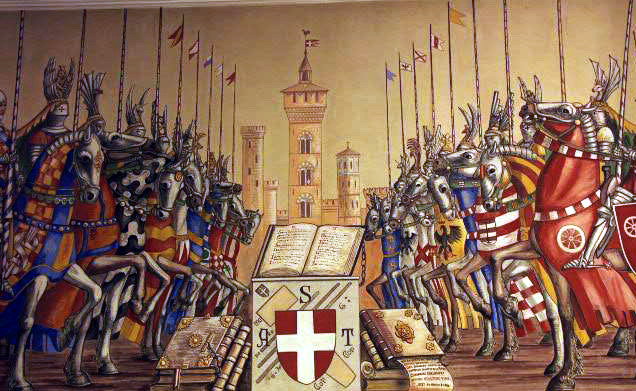
In 1309, Rinaldo “Passerino” Bonacolsi became the ruler of Mantua, Modena, Parma, and Reggio. Under his rule, more attacks were launched on Bolognese territories, so Pope John XXIII declared Bonacolsi to be an enemy of the Church.
To make his edict stick, the pope offered indulgences to anyone who successfully attacked Bonacolsi and his property. Indulgences were a guarantee that sins were either forgiven or lightened to the extent that one didn’t have to burn in hell. Not even for the sin of murder.
By the start of 1325, border skirmishes between the two cities increased. In July, the Bolognese raided Modenese farms, slaughtered people, and burned several fields before retreating. Others managed to do some looting before they returned to Bologna to display their catch. They did so again the following month, doing as much damage as they could during a two-week spree.
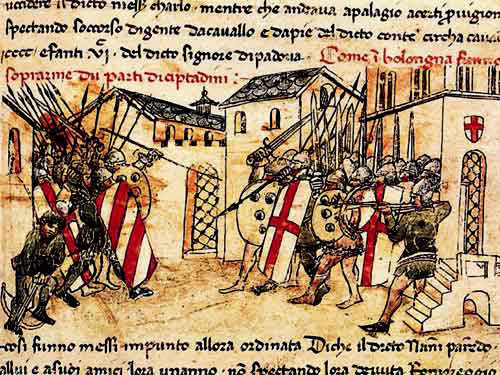
Bonacolsi had his revenge in September when his Mantuan troops captured the Bolognese fort at Monteveglio. Located a mere 12 miles west of Bologna, the fort had been betrayed not by pro-Ghibellines, but by malcontents.
Taking advantage of the chaos and confusion, some Modenese soldiers snuck into Bologna. There in the town’s center was the main well next to the San Felice gate. Beside it rested a bucket filled with Modenese loot. Unable to resist, the soldiers stole the bucket and its contents, then proudly displayed it beside Modena’s main well.
Furious, Bologna demanded the return of the bucket and its loot. As far as they were concerned, they had stolen it fair and square. The Modenese refused, of course, so Bologna declared war. Everything that had taken place up to that point was mere child’s play.
The War of the Oaken Bucket began on the Friday morning of 15 November 1325. Malatestino dell Occhio, Lord of Rimini, led the Bolognese and their allies from Florence and Romagna to besiege Monteveglio and take it back.
They were met by Bonacolsi who led soldiers from Modena, Mantua, and Ferrara, as well as German troops, sent over by the emperor. With him were Cangrande della Scali, Lord of Verona (and patron of the poet Dante Alighieri), as well as Azzone Visconti, the Lord of Milan.
Having repelled the Bolognese, a larger force assembled outside the town of Castello di Serravalle, in today’s hamlet of Ziribega. Pope John XXIII led an army of 30,000 footsoldiers and 2,000 knights on horseback. These were arrayed on the slope which descended from Bersagliera toward the Bolognese town of Valsamoggia (now a suburb of Bologna).
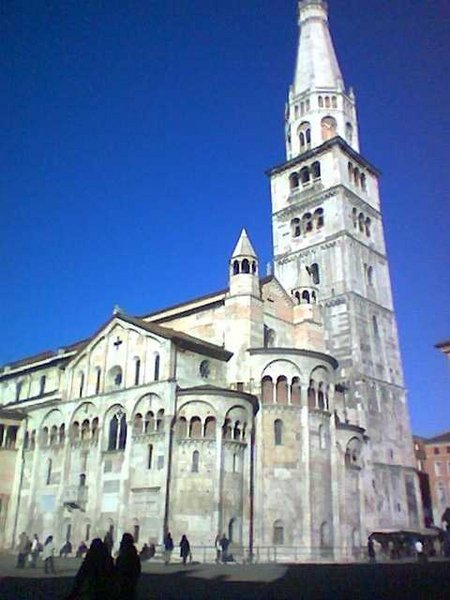
The Modenese had a smaller force of about 5000 foot soldiers and 2000 mounted knights. They were deployed on the plain where Ziribega now stands.
Despite their smaller numbers, the Modenese made their move just as the sun began to set. The larger Guelf force was routed and fled back to Bologna. According to the Bolognese chronicler, Matteo Griffoni, it was over by nightfall.
The Modenese advanced toward the city walls, but instead of besieging it, they instead destroyed the outer protective castles of Crespellano, Zola, Samoggia, Anzola, and Castelfranco. They also captured 26 nobles and took them back to Modena as hostages.
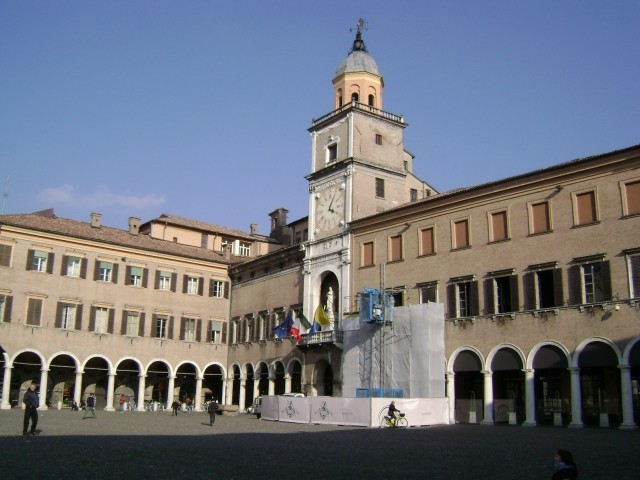
It’s estimated that about 2,000 men were killed on both sides. The following year in January, a treaty was made returning Monteveglio and other properties to Bologna, but peace did not return.
Ghibelline-Guelf wars continued till 1529 when Charles I of Spain (who was also the Holy Roman Emperor) invaded Italy. This forced the two factions to unite, something that led to the decline of the Ghibelline faction in favor of the papacy.
After the war, the oaken bucket was proudly displayed in Modena and kept in the Torre della Ghirlandina as a memorial of the city’s victory. The one today is just a replica, however. If you want to see the original, go to the Palazzo Communale.
